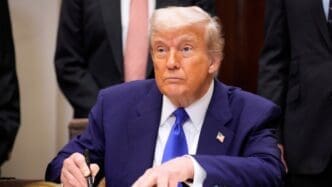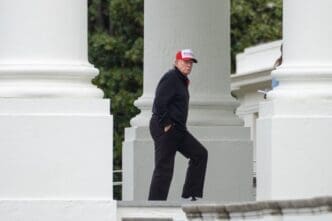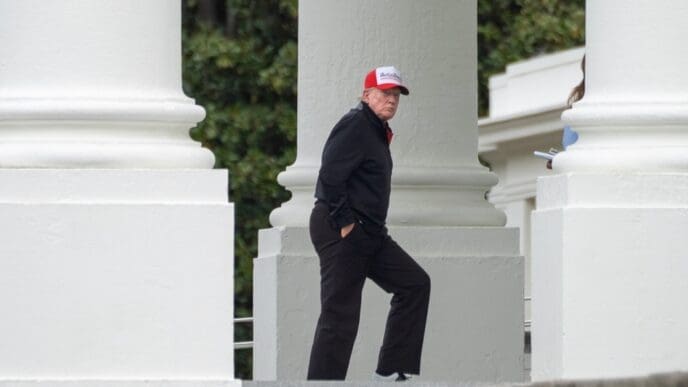On May 12, 2025, President Donald Trump enacted an executive order aimed at significantly reducing the cost of prescription drugs in the United States, with an ambitious target of up to a 90% decrease in prices. This move comes amidst ongoing concerns about the high costs of medications, which have been a burden for many Americans compared to their counterparts in other wealthy nations.
The president’s announcement highlighted the issue of price disparities, attributing the problem to international pricing dynamics rather than domestic pharmaceutical practices. Trump argued that foreign countries have been benefiting from lower drug prices at the expense of American consumers, leading to a situation where the U.S. effectively subsidizes cheaper drugs abroad. This perspective aligns with the narrative often presented by the pharmaceutical industry, which points to international pricing as a culprit for elevated domestic costs.
The executive order intends to address these imbalances by setting price targets for pharmaceutical manufacturers, ensuring that the U.S., as the largest purchaser of prescription drugs globally, secures favorable pricing. This policy initiative reflects the administration’s broader strategy to equalize drug pricing between the U.S. and other regions, such as Europe.
However, the approach has sparked debate. Critics, including Senator Bernie Sanders, argue that the focus should be on the domestic pharmaceutical industry’s practices rather than international pricing structures. Sanders has long criticized the industry for prioritizing profits over affordability, pointing to significant profit margins as evidence of corporate greed.
Despite the administration’s intentions, experts remain skeptical about the feasibility of achieving rapid and substantial price reductions. Analysts suggest that relying on voluntary compliance from drug manufacturers may be ineffective without additional enforcement mechanisms. Moreover, any potential regulatory measures are likely to have a protracted timeline before tangible results are realized.
Following the announcement, stock prices for U.S. pharmaceutical companies saw an increase, indicating market optimism or confidence in the industry’s ability to navigate the proposed changes. Nonetheless, the road ahead remains uncertain as stakeholders await further details on the implementation of the executive order and its impact on drug pricing.
This development underscores the ongoing debate over healthcare affordability in the U.S., with the executive order representing a significant, albeit contentious, step in addressing one of the nation’s pressing economic challenges. The administration’s commitment to restructuring drug pricing policies marks a pivotal moment in the broader discourse on healthcare reform.











